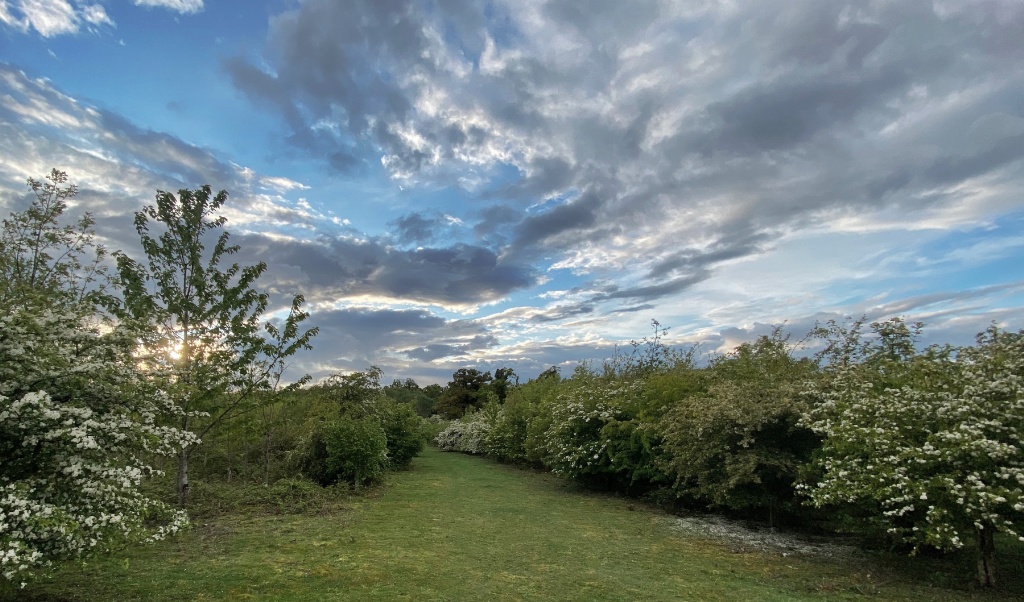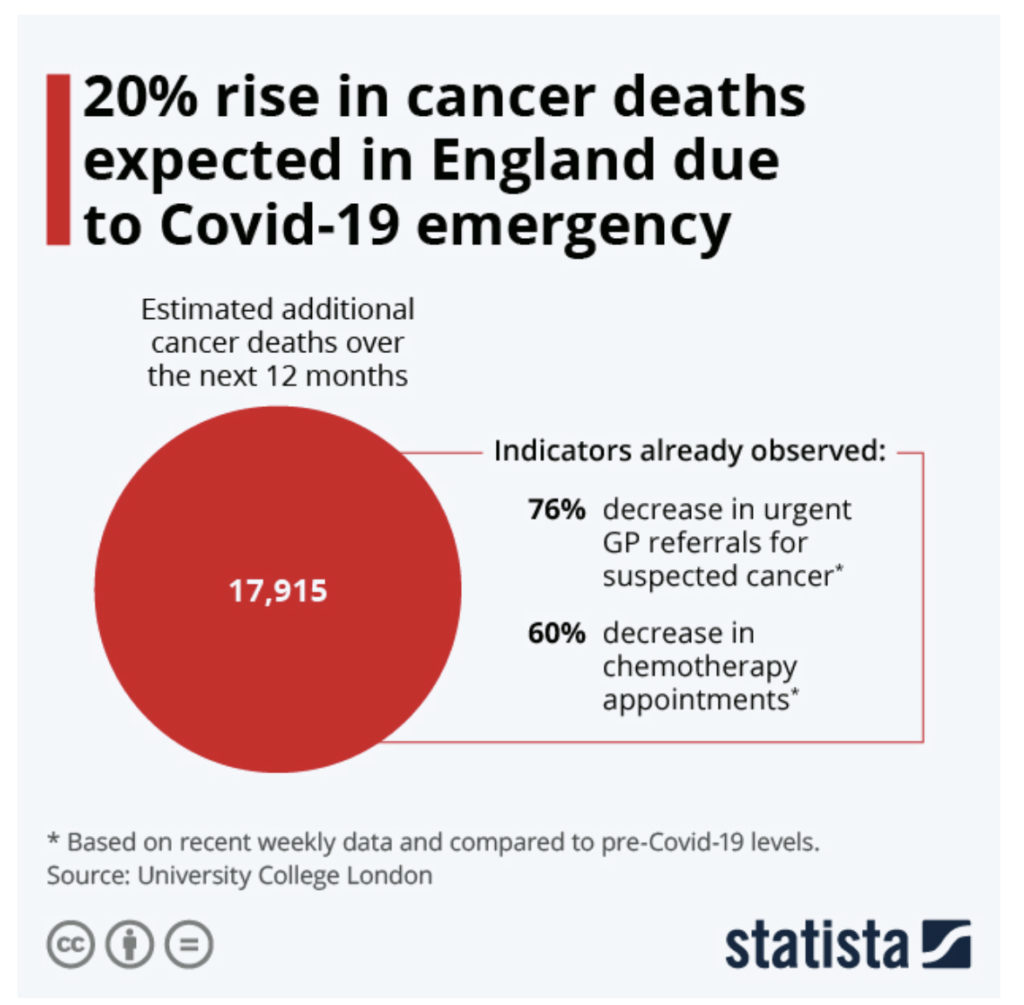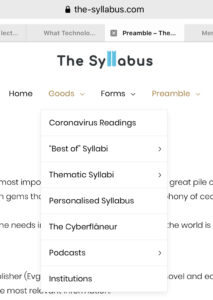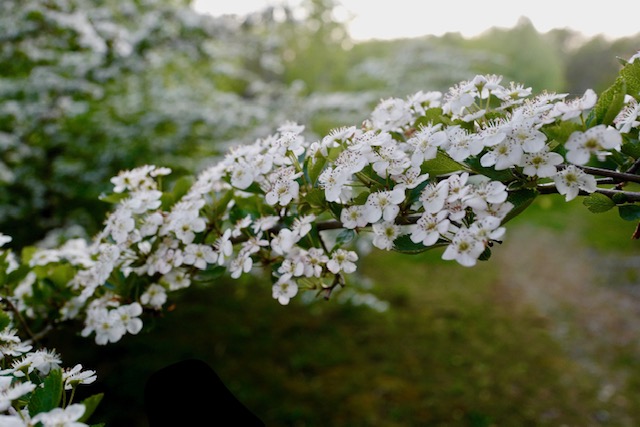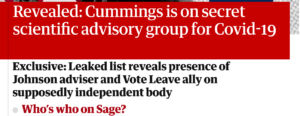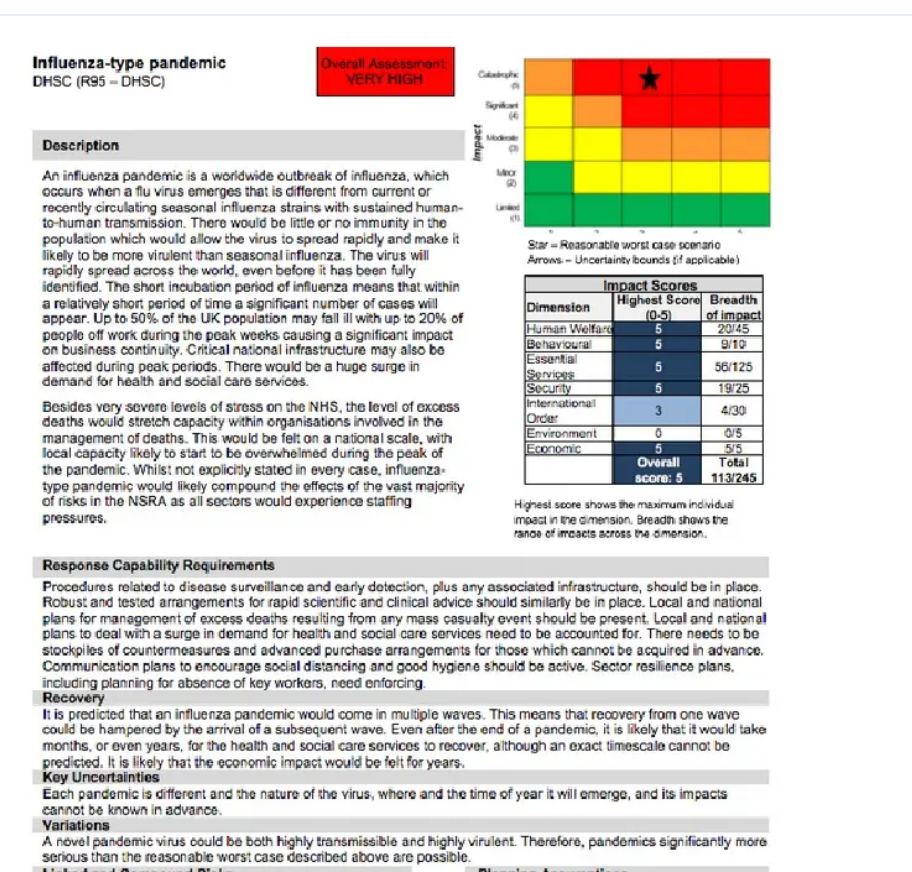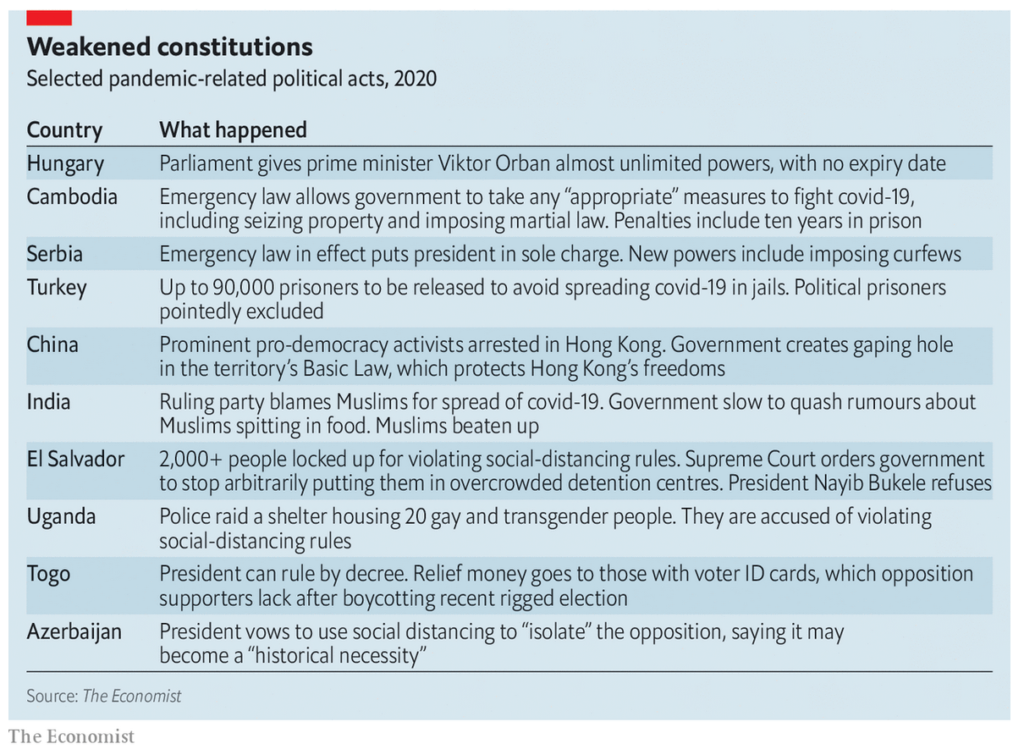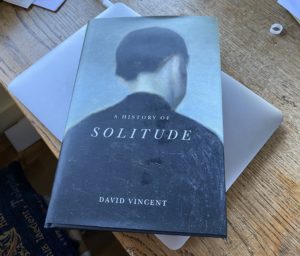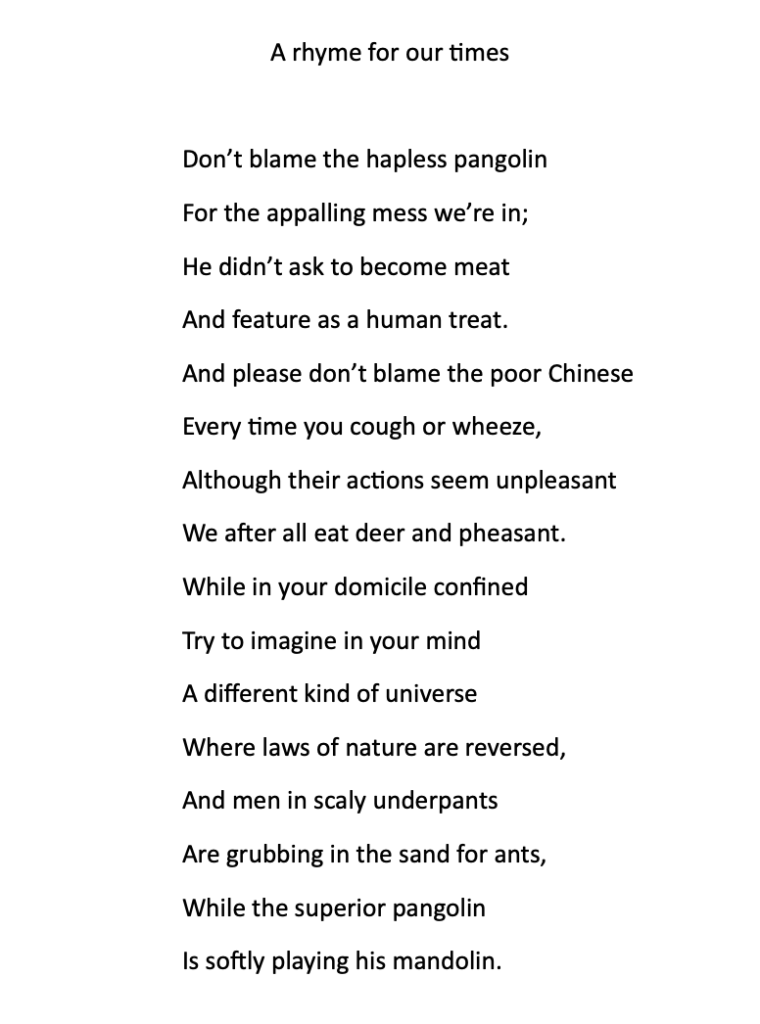Contact-tracing: tech ‘solutionism’ without providing a solution?
The security expert Brice Schneier was interviewed by Buzzfeed about the current rush to deploy proximity-sensing apps. In the interview he said this:
“My problem with contact tracing apps is that they have absolutely no value. I’m not even talking about the privacy concerns, I mean the efficacy. Does anybody think this will do something useful? … This is just something governments want to do for the hell of it. To me, it’s just techies doing techie things because they don’t know what else to do.”
Bruce is the Real Deal in this stuff, so when he says something as critical as this I sit up and take notice.
He subsequently expanded on it in his blog:
This is a classic identification problem, and efficacy depends on two things: false positives and false negatives.
False positives: Any app will have a precise definition of a contact: let’s say it’s less than six feet for more than ten minutes. The false positive rate is the percentage of contacts that don’t result in transmissions. This will be because of several reasons. One, the app’s location and proximity systems — based on GPS and Bluetooth — just aren’t accurate enough to capture every contact. Two, the app won’t be aware of any extenuating circumstances, like walls or partitions. And three, not every contact results in transmission; the disease has some transmission rate that’s less than 100% (and I don’t know what that is).
False negatives: This is the rate the app fails to register a contact when an infection occurs. This also will be because of several reasons. One, errors in the app’s location and proximity systems. Two, transmissions that occur from people who don’t have the app (even Singapore didn’t get above a 20% adoption rate for the app). And three, not every transmission is a result of that precisely defined contact — the virus sometimes travels further.
The end result, Schneider thinks is an app that doesn’t work. People will post their bad experiences on social media; other people will read those posts and realise that the app is not to be trusted. That loss of trust is even worse than having no app at all.
“It has”, says Schneier, “nothing to do with privacy concerns. The idea that contact tracing can be done with an app, and not human health professionals, is just plain dumb”.
The key point I take from all this is that proximity-sensing apps might be useful in conjunction with a massive follow-up capacity involving healthcare staff, because it would target those Human Resources more efficiently. I see no sign that the UK government is contemplating marshalling resources on that scale, so this is likely to wind up as pure solutionism.
______________________________________________________________________________
Capital in the 21st Century: the movie
Not even John Maynard Keynes got this kind of treatment. A film which reportedly serves not so much as a distillation of Thomas Piketty’s magnum opus as a gateway to it.
Why isn’t the Johnson government on the rack for the way it has botched the handling of the pandemic?
Good question. Here’s a partial charge-sheet from Jonathan Freedland in the Guardian:
This government should be on the rack. The evidence that it botched crucial decisions at crucial moments is piling up. The litany is now so familiar it barely needs repeating, from the failure to secure personal protective equipment for frontline workers in health and social care to the 11 lost days of delay before imposing a lockdown that has proved essential for saving lives.
You can focus on specific judgments: why did ministers allow mass gatherings, from racing at Cheltenham to a Stereophonics gig in Cardiff, ignoring the warnings that such events would be a virus-fest? Why did it initially tell people to stay away from pubs and restaurants, but simultaneously allow those places to stay open? Why did the government call a halt in March to testing and tracing? If the answer is a lack of capacity, then why did it not immediately set about recruiting the “army of contact tracers” that will be required if we are ever to emerge from our homes? Why the focus on mega-labs, rather than seizing on the offer of small laboratories to do testing for their local hospitals, which, as Paul Nurse, director of the Francis Crick Institute, has argued, could have made those hospitals “safe places”? Why the rules initially limiting tests to those NHS employees with symptoms, which, as Nurse puts it, allowed staff to be on wards “infecting people”?
Or you can look at decisions going back a decade, pointing a finger at Tory austerity that starved public services to the bone, leaving them underequipped and eroding our resilience. Either way, the country now faces a death toll approaching 30,000.
But you know the answer to Freedland’s question. Trump’s administration is even worse. _____________________________________________________________________________
Spending all your days in Zoom meetings? Try this for an antidote
Quarantine diary — Day 42
This blog is now available as a daily email. If you think this might be more useful for you, why not subscribe? One email delivered to your inbox at 7am every day. And there’s a one-click unsubscribe if think your inbox is already too full!)

